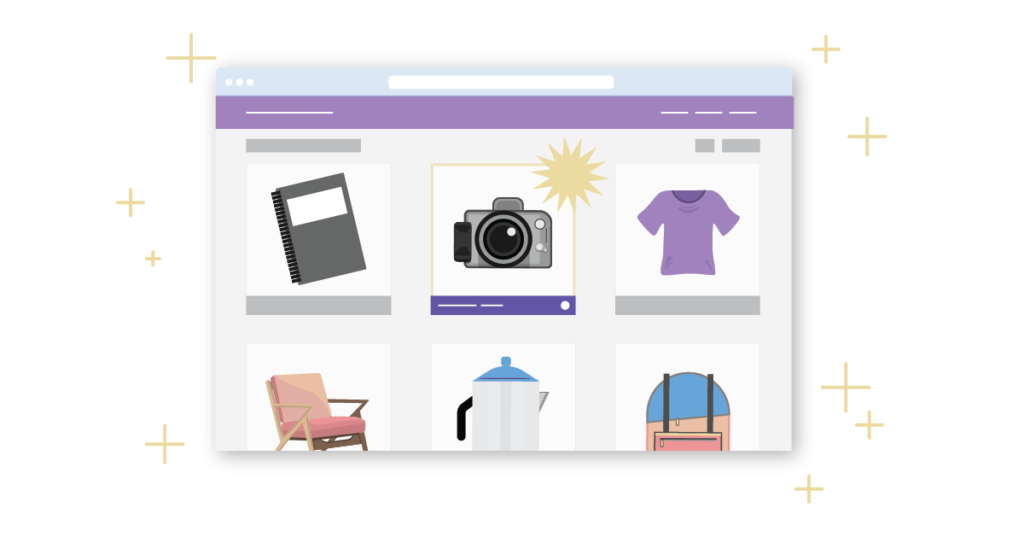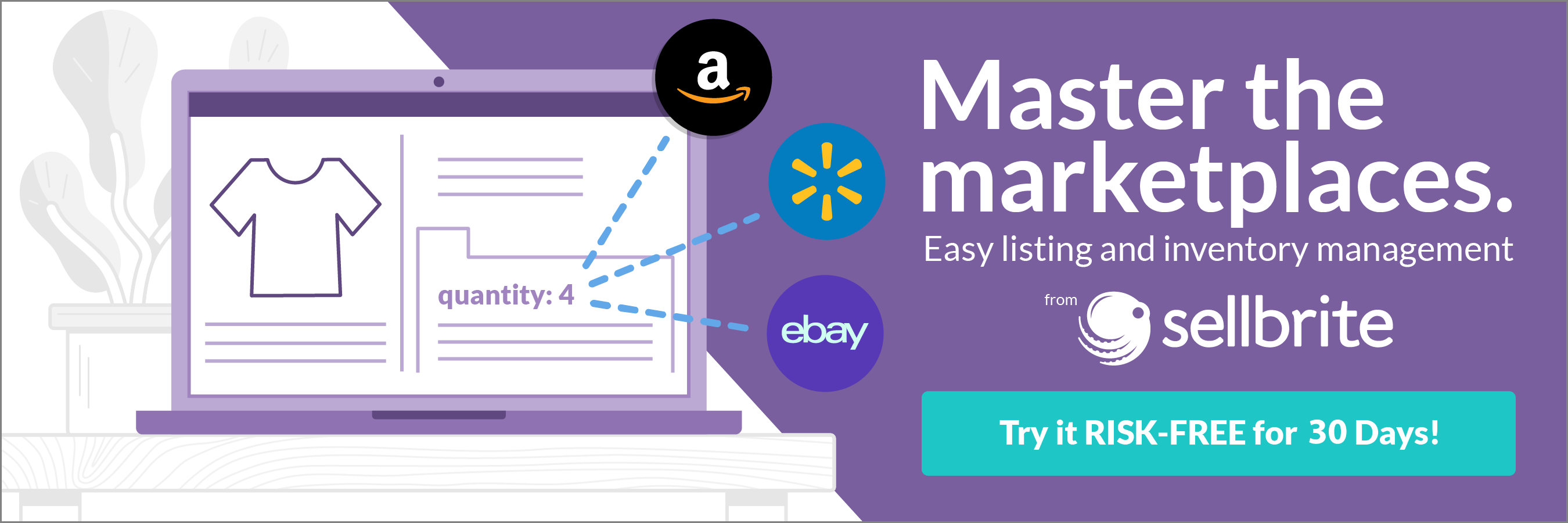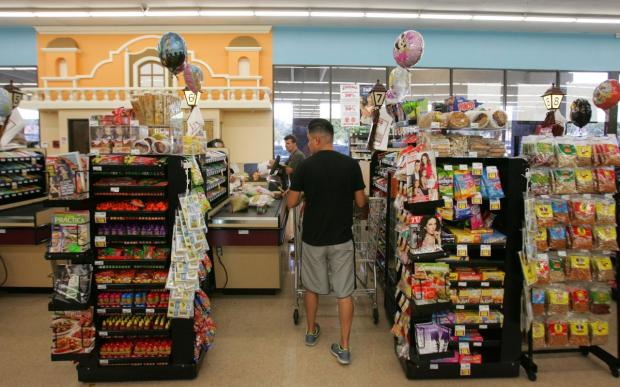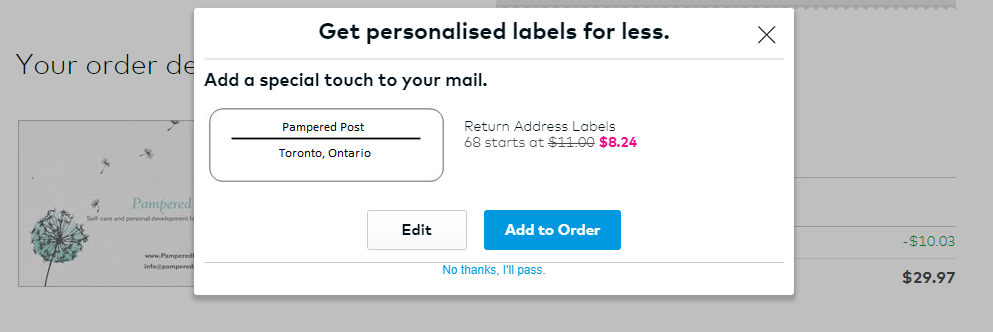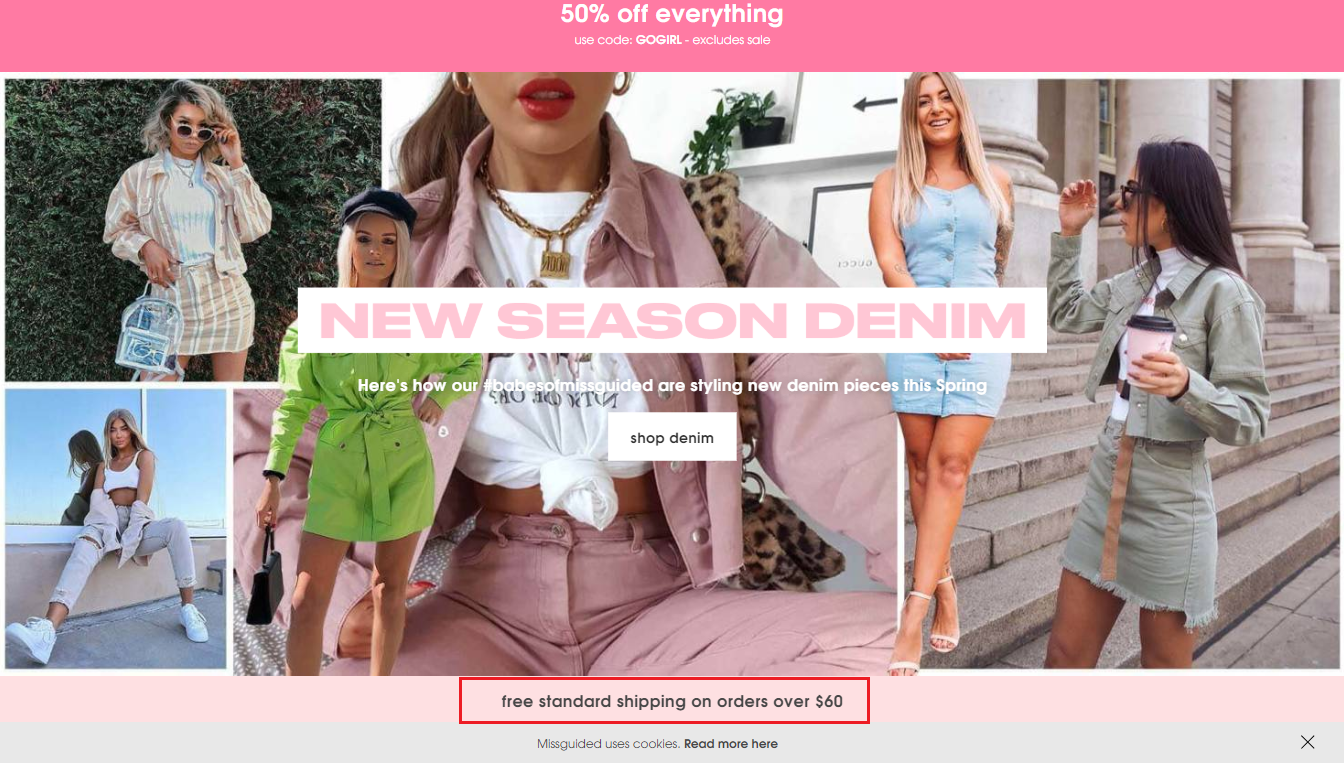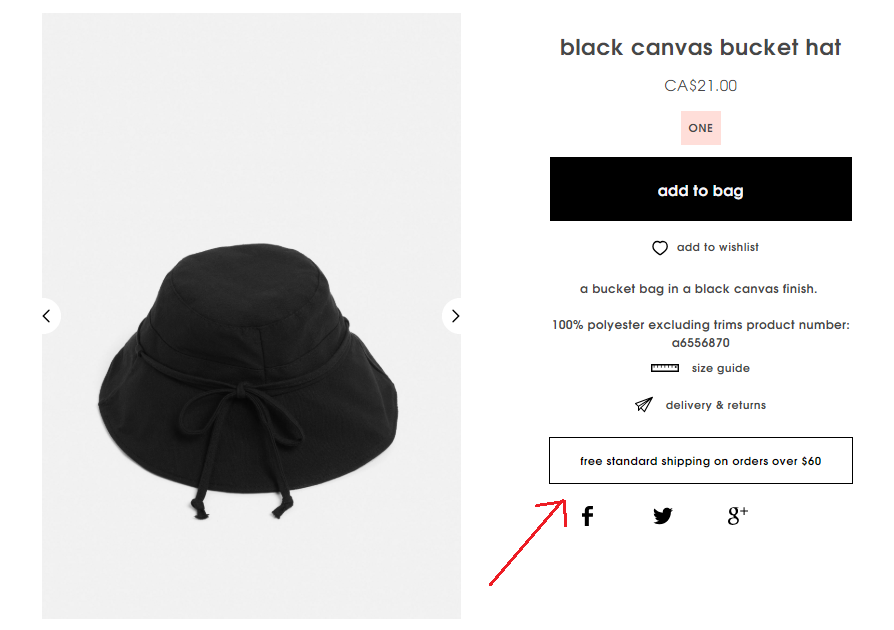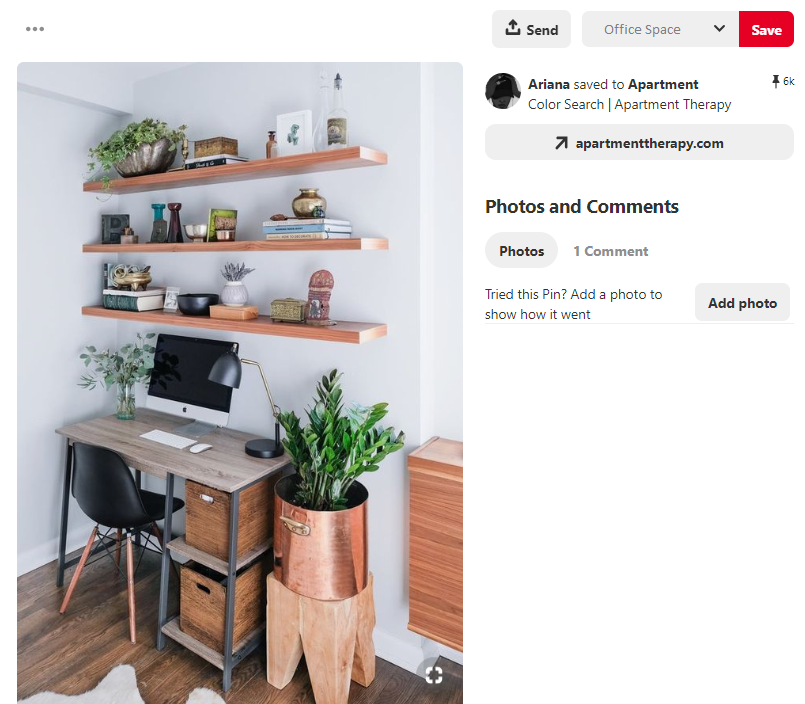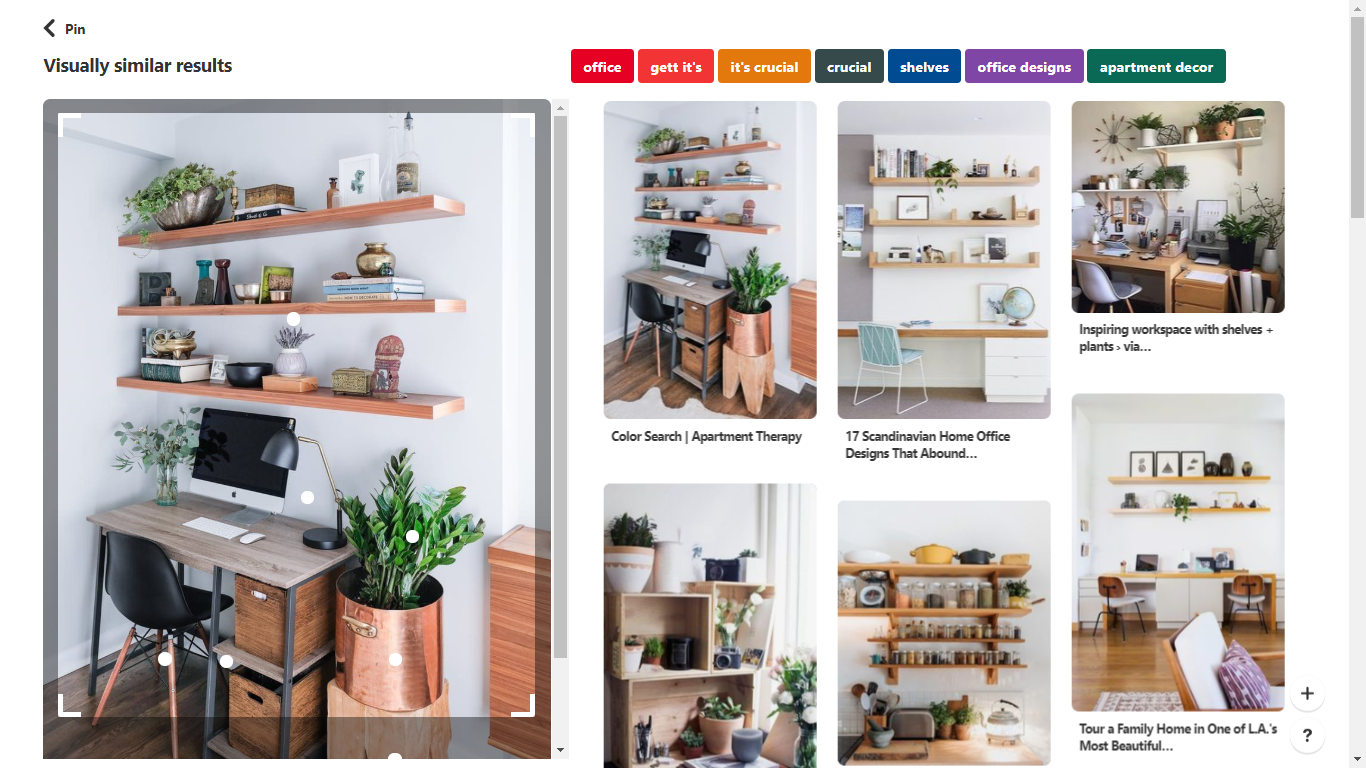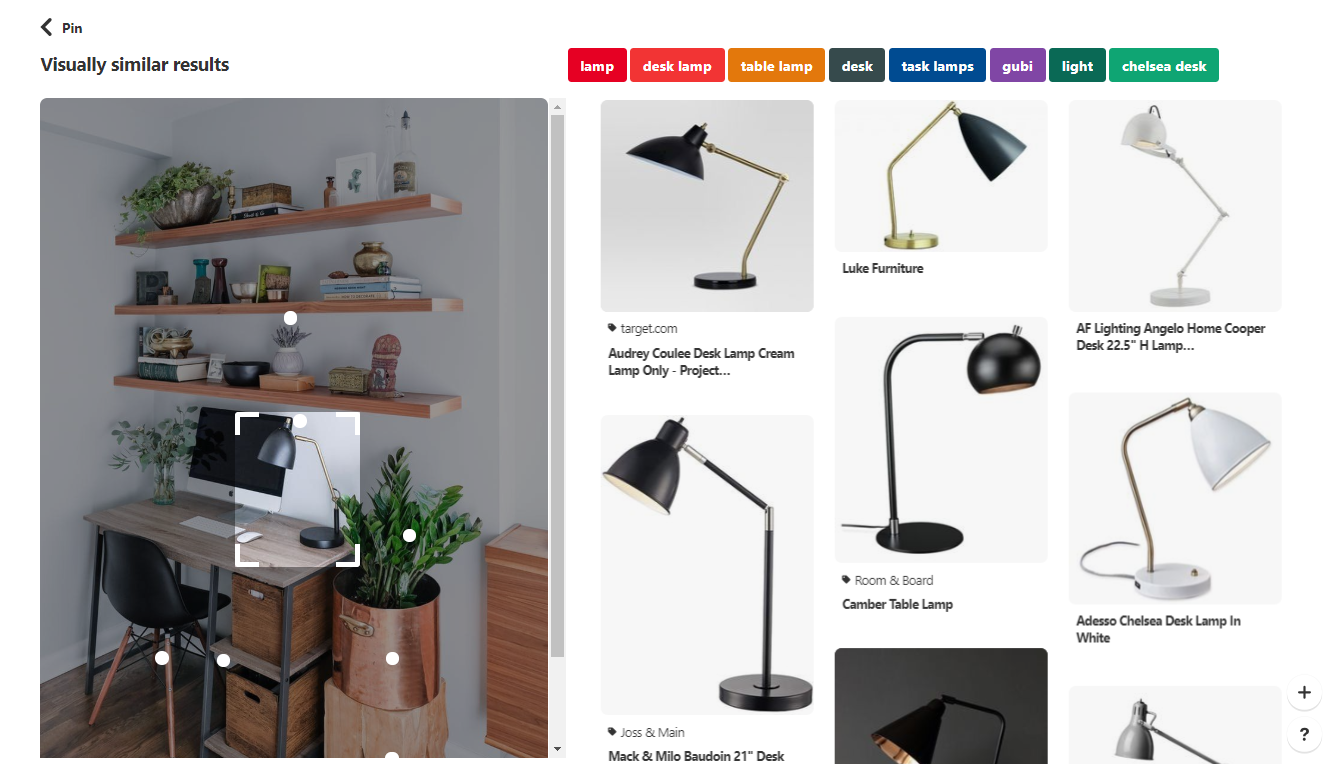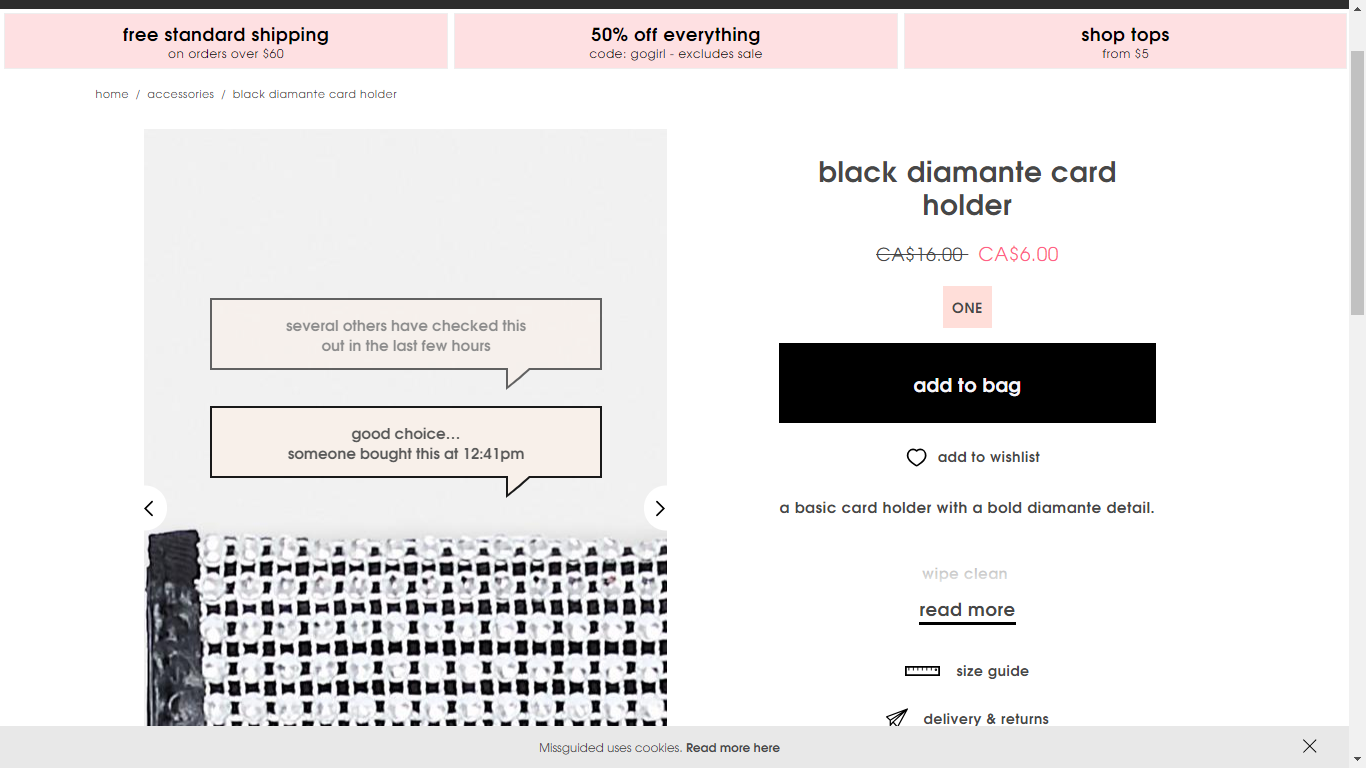Brick-and-mortar stores might be less appealing than online shopping these days, but there’s one thing they excel at: encouraging impulse buying. The longer people stand at checkouts lined by magazines, drinks, and snacks, the more tempted they are to buy something. In fact, U.S. consumers spend up to $5,400 on impulse buys every year.
As lucrative as impulse buying is, it doesn’t quite translate the same way for ecommerce. With a few clicks or taps, customers find what they want, pay, and then leave the site. For some shoppers, there isn’t much along the path to tempt them into buying more than what’s already in their cart.
As an ecommerce seller, you don’t have the luxury of customers seeing and touching products to trigger impulse buying. Instead, you have to focus on creating positive customer experiences that let you do things like make product suggestions or offer upsells to encourage customers to buy.
Below are six ways you can create a memorable shopping experience and increase your revenue.
The science of impulse buying
An impulse buy is defined as a spur-of-the-moment purchase. In fact, according to Psychology Today, “People who like to shop for fun are more likely to buy on impulse. . . . Once we start experiencing pleasure as a result of this sense of vicarious ownership, we’re more likely to buy those products so that we can continue to experience that pleasure.”
There’s a reason checkout lines in stores are very well lit and have brightly colored products on the shelves. These products pique customers’ interest, spurring them to pick up products and examine them before tossing them in their cart. In the absence of physical triggers, ecommerce shoppers need something more to create a sense of fun that encourages them to buy more.
[Source]
Many of the people surfing through your online store are doing their research before deciding whether to take the plunge and buy that jacket or skincare product they’ve been eyeing. To get them to come back to your site, the experience you offer has to be exciting and engaging — for example, you can gamify the shopping experience. That way, when the option to buy something extra comes up, customers will jump at the chance.
Creating a memorable experience is worth the effort because nearly 40% of the money spent on ecommerce products goes toward impulse buys. What does that mean for you? Make your online store attractive and easy to navigate. Nothing is more frustrating to an ecommerce shopper than having to work too hard to find what they’re looking for. If they’re looking for the shoes they saw the last time they were on your site, it needs to be easy for them to find the shoes again.
These options to make shopping more fun help you create experiences customers will remember for the right reasons. For one, you stand out from other stores in your niche, which helps you build a loyal following. Plus, loyal customers are more likely to indulge in impulse buying because there’s an established trust.
Let’s look at ideas on how to create opportunities for impulse buying.
1. Use inexpensive products to ask for an upsell
The checkout process online is equivalent to waiting in line in a physical store. But instead of getting customers to wait — this is frustrating to customers and hurts the experience — you can add a page of upsells to the checkout process.
In brick-and-mortar stores, lower-priced products are located near the checkout. These stores have figured out that the cheaper an upsell product is, the higher the chances of an impulse buy. Use this logic when you think about which products to suggest to customers during checkout.
Case in point: Customers use Vistaprint to design and order stationery and other accessories for their businesses. At checkout, customers are given the option to add personalized products, such as mouse pads or return-address stickers, to their purchase order. These products don’t cost much, and Vistaprint does a good job of adding the business logo and name so customers can see what the final product would look like.
Often, there’s a timer included with the upsell. It’s meant to get customers to act immediately rather than say they’ll come back another time to buy. This adds a sense of urgency that gives customers a few minutes to think about the upsell. It’s a little like recreating the waiting in line experience, where customers have a few minutes to decide whether they’ll get that pack of gum or not.
In addition to adding a timer to your checkout process, you can offer customers a special discount offer. For example, if customers order within the next 10 minutes, they get their original order, plus an inexpensive product. It’s a win-win for you and the customer. You get a little extra revenue, and they get a little something extra at a low price.
2. Make product suggestions that guide customer purchases
You know your products better than anyone, so it makes sense for you to act as a guide during the shopping process. As customers click on products or add items to their carts, list similar products at the bottom of product pages. Just like brick-and-mortar stores do with signs and lighting at checkouts, use the same idea to attract customers to the products you’d like them to buy.
One tactic brick-and-mortar stores use to guide customers is to place impulse-buy products close to higher-priced, in-demand products. This works because even though customers might be at a store for a specific product, if they see something that matches their interests, they’re likely to buy it.
For example, Amazon lists similar products at the bottom of product pages and also offers up product combinations for customers to consider:
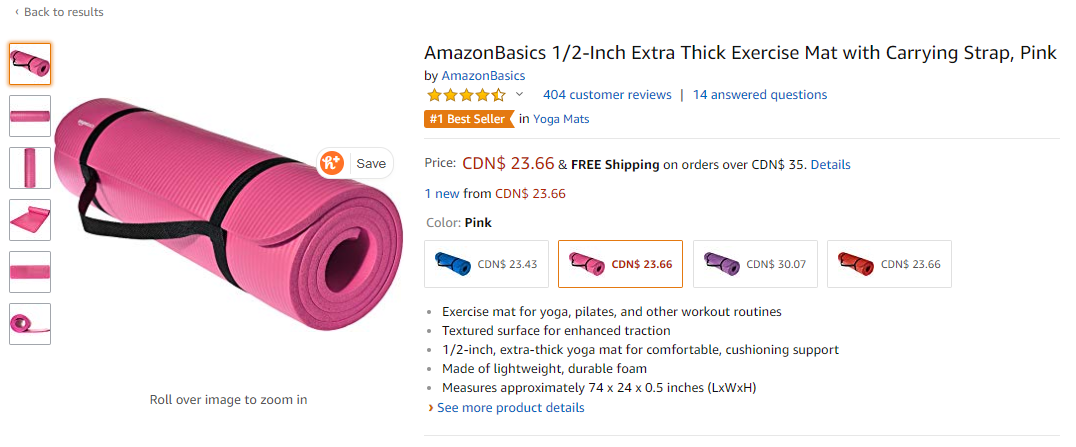
As you can see, one of the products in the combination is the original product the customer selected, along with a companion product that they hadn’t planned on buying. Amazon calls out this section with a headline that reads “Frequently bought together,” which plays up FOMO (fear of missing out) to get customers to buy more. Amazon even includes discounts on the product combinations to encourage customers to buy.
For your part, experiment with which types of products to suggest. For example, if you sell tech gadgets, suggest a carrying case to go with the headphones a customer is looking at. Try different combinations to find which ones end with the highest number of impulse buys.
3. Use impulse buying to offset the cost of free shipping
A survey done by the company Return Customer found that 93% of customers preferred free shipping over other benefits, such as discounts and free bonus products. Why? Because customers felt like they were getting something for nothing. Offering free shipping costs you money, but as the Return Customer survey points out, you can use higher-priced items to offset the cost of free shipping. Another option is to figure out the value of your average order and then set the free shipping threshold $20 above that.
This is where impulse buying comes in. Have a minimum purchase amount in order for customers to qualify for free shipping. When they get to checkout, remind them of the offer, and encourage them to add items to their cart to access the special offer. You can even suggest low-priced items that will get them to the minimum requirement but are actually impulse buys.
Misguided, a women’s clothing brand, offers standard free shipping for purchases over $60:

There are even reminders on every product page:
Like the example above, put your free-shipping offer in multiple places so it’s always top of mind as customers shop. It’s a subtle reminder to keep buying to save.
4. Promote special discount offers, but only periodically
When sales are in a slump or you need to attract new customers fast, discounts are the go-to sales tactic. They’re a great tool for getting attention and stimulating sales — plus, you get leads for your email list if you use a lead magnet. But it’s not wise to offer discounts too often. Doing so makes your products seem overpriced and not worth the full cost.
A work-around for that is to offer large savings at different times of the year. For example, offer discounts around the holidays, to mark a company milestone, or during your annual customer-appreciation event.
Promote these offers on social media or through your email newsletter. The goal is to attract as many people as possible to your shop so they can take advantage of the offer and then to wow them with the shopping experience so they’re receptive to buying more.
You can even use an image slider at the top of your homepage to show the offer and highlight certain products. Shoppers might come for one thing, but the offer is enough to get them to buy more.
It might take some trial and error to figure out what discount level to offer, so run a few tests to find out which generates the most traffic and the most conversions.
5. Incorporate social media to drive traffic to your shop
Sites like Instagram and Pinterest make it easy for users to buy products they see while they browse. With billions of active monthly users on these two sites alone, there’s a ton of opportunity to get your products in front of a large audience and trigger impulse buying.
Pinterest lets you create Shop the Look pins so users can find your products based on the type of content they’re interested in. Let’s say a user is interested in updating their home office space and comes across a pin like this one:
When they click on the white square at the bottom right of the pin, they can shop for specific products seen in the original pin:
When they click on the white dots on the pin, they see additional products that they can buy on the right:
Because users don’t have to search multiple sites for each of the products they want, they’re more willing to buy the products that appear in their search — all while shopping in one place.
The same thing goes for Instagram. They recently made it easier for ecommerce sellers to increase their revenue. When users see something they like on Instagram, they can now check for a product tag and buy the product right on the platform. You still get the revenue from the sale; the only difference is that the user browsing experience isn’t interrupted. This simplified option will increase impulse buying because the purchase can be made as soon as users see something they like.
If you don’t already use these features, sign up for business accounts and then tag your products.
6. Use social proof to emphasize customers need to fit in
Social proof is based on the idea that “people will conform in order to be liked by, similar to or accepted by the influencer (or society).” In ecommerce, when customers see what other people are buying, those customers are more inclined to want to do the same. That’s why we see products like iPhones and Beats Headphones show up everywhere — people just have to have them.
Use social proof to encourage impulse buying by telling shoppers which products have been bought recently. When a customer browses your website and sees that other people have bought a particular product, the research phase of their customer journey is cut short. They think that because people bought the product, it must be worth it. Activity social proof, based on seeing how many people have bought a particular product, is on the same level as testimonials and reviews. The more people buying a product, the better.
Install a plugin that displays recent purchases on your site, such as WooCommerce Live Sales Notification. This will encourage customers to buy something that’s caught their eye.
Make impulse buying the norm
Get to know your customers by surveying them, analyzing the types of products they buy, or reviewing the questions they leave on social media. The more you know about the types of products they’re most likely to buy, the easier it is to make suggestions and incorporate the tips above to create positive customer experiences.
Remember, as the seller you can be a guide during the shopping experience. Make suggestions and offer reminders to help customers find what they need and to increase impulse buying.
